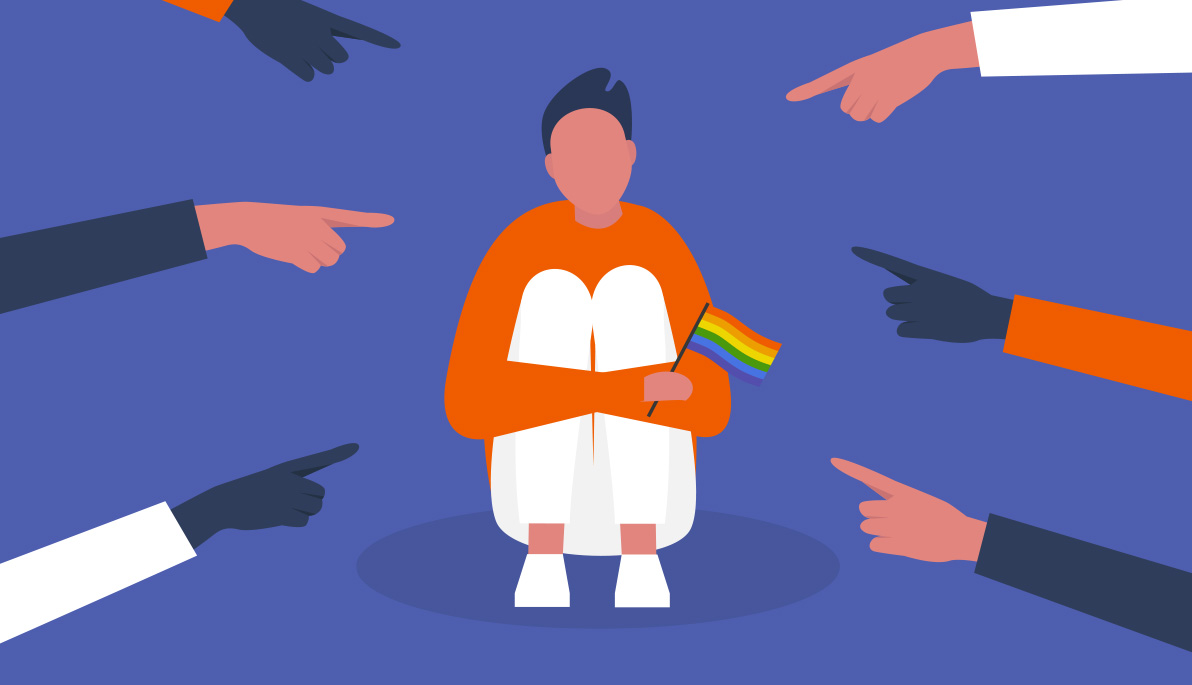News
School Counseling Professor Advises Educators on Ways to Identify LGBTQ Bullying
November 8, 2019
Lesbian, gay, bisexual, transgender, or questioning (LGBTQ) youth are at an increased risk of being bullied. In a November 6 article in The Conversation, Daniel Cinotti, Ph.D., associate professor of school counseling, advises school counselors and teachers to understand what constitutes bullying and its underlying causes.
In 2010, the public’s understanding of bullying changed following the death of Rutgers University student Tyler Clementi. Clementi committed suicide after his roommate recorded and shared Clementi’s intimate moments with another male via social media. Since the tragedy, harmful behaviors that may not be repeated, or even intended to be hurtful, can be viewed as bullying.
“I have trained more than 3,000 teachers, counselors, administrators, and other educators to identify and intervene when bullying occurs,” says Cinotti. “In my work, I can see that although not everyone remembers Clementi’s tragic death, it had lasting consequences.”
The federal definition of bullying acknowledges two bullying modes: direct and indirect. Direct bullying occurs in person or through emails and texts and can include taunting, name-calling, or harassing messages on social media. Indirect bullying typically happens out of sight through the spreading of rumors or gossip and is intended to harm someone’s reputation, like in Tyler Clementi’s case.
Twenty-one states now explicitly prohibit bullying on the basis of sexual orientation and gender identity, and that number is expected to grow as the percentage of Americans who identify as LGBTQ continues to rise. Despite changes in the law, including increased protections for LGBTQ students in public schools, bullying is still a problem between pre-K and high school, as well as in college.
“In my experience, schools fail to do enough about bullying when staff members frown upon intolerant behavior without addressing it head-on,” he says.
Cinotti has found that many school employees don’t understand the differences between sex, gender, and sexual orientation and are unaware that calling a transgender student by the incorrect pronouns may be viewed as bullying. A 2017 University of Minnesota study found that 3 percent of high school freshmen, sophomores, and juniors now identify as transgender, gender non-conforming, or genderqueer.
He makes the point that ultimately, whether they realize it or not, adults who witness bullying and fail to take action or model their own intolerant behavior send signals to their students that take away from a safe, learning environment.
“When this happens, a school’s bullying problems can become even worse by excusing discrimination and creating a culture of intolerance.”
Similar coverage also appeared in the Chicago Tribune and the Houston Chronicle, as well as other U.S. publications.



_Thumb.jpg)

